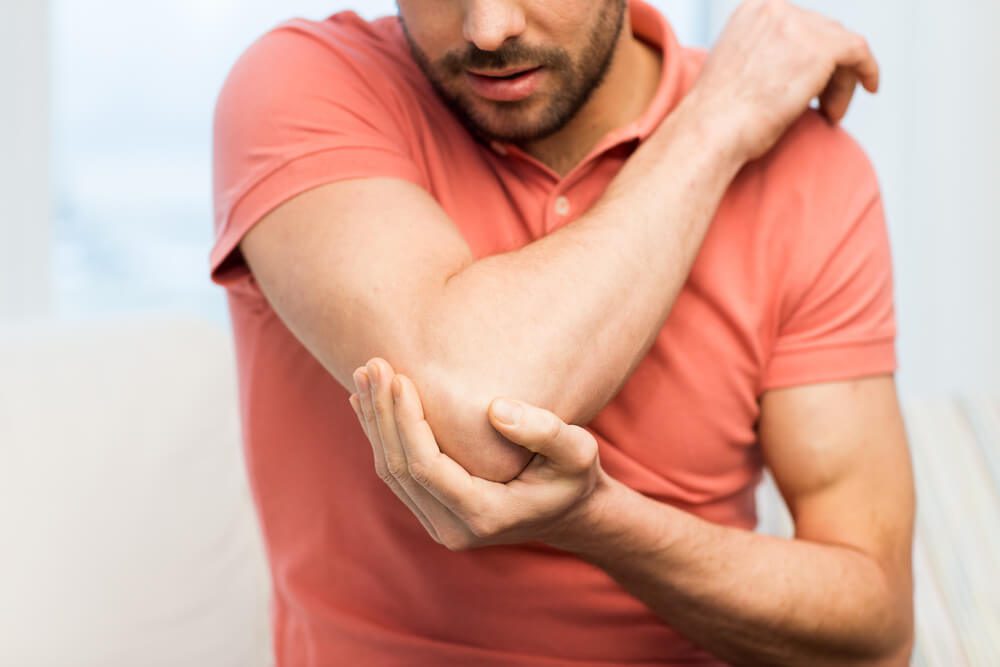Golfer elbow is a common overuse injury that affects the tendons and muscles in the elbow, forearm, and wrist. It is caused by repetitive motions such as those used in golf, tennis, and other racket sports, as well as in activities such as carpentry and gardening.
The condition is characterized by pain, swelling, and tenderness on the inner side of the elbow. It can be painful and limit your ability to use the affected arm. Fortunately, there are several treatments available that can help reduce the pain and discomfort of golfers' elbows. If you want to take an appointment for golfer elbow treatment then you can check various sources.

Image Source: Google
The most important treatment is to rest the elbow and avoid any activities that may increase the pain. This includes activities such as tennis, golf, and other racket sports. It is also important to reduce any inflammation in the elbow by applying ice or taking anti-inflammatory medications such as ibuprofen or aspirin.
Stretching and strengthening exercises can also be helpful in treating golfers' elbows. These exercises can help improve flexibility, strength, and range of motion in the elbow joint. It is important to perform these exercises regularly and with proper technique to ensure the best results.
In addition, a brace or splint can be worn to provide support for the elbow and help reduce pain. Wearing a brace or splint can also help to reduce the risk of further injury. It is important to consult with a doctor before using any braces or splints as they may have specific instructions regarding use and care.
Finally, physical therapy can be an effective treatment for golfer's elbow. A physical therapist can develop a customized program of exercises and treatments to help reduce pain and improve mobility. This program may include massage, stretching, and strengthening exercises, as well as the use of heat and cold treatments.
Golfer elbow can be painful and limit your ability to use the affected arm. However, with the right treatments and management, it is possible to manage the pain and get back to playing your favorite sport or activity.